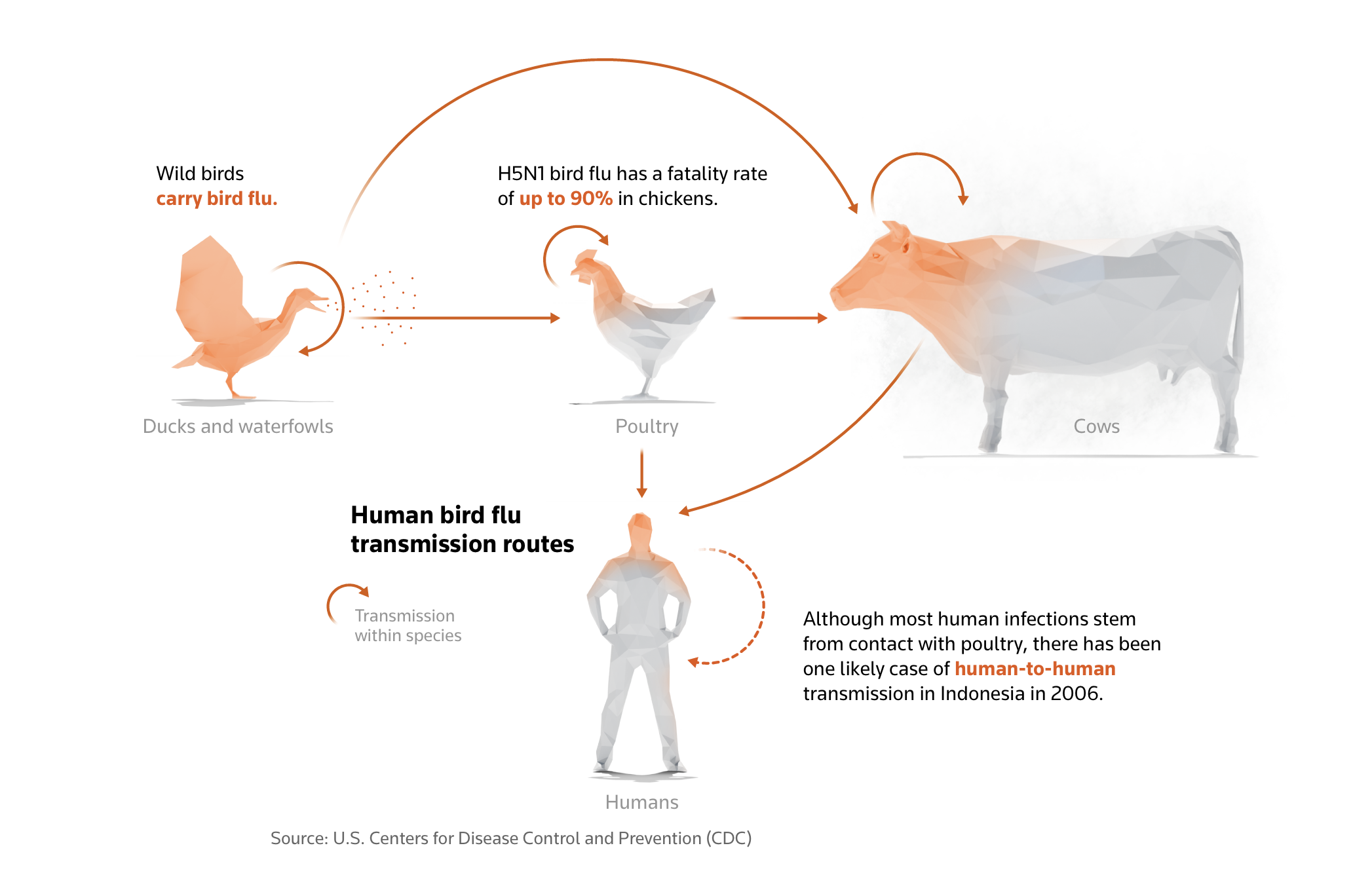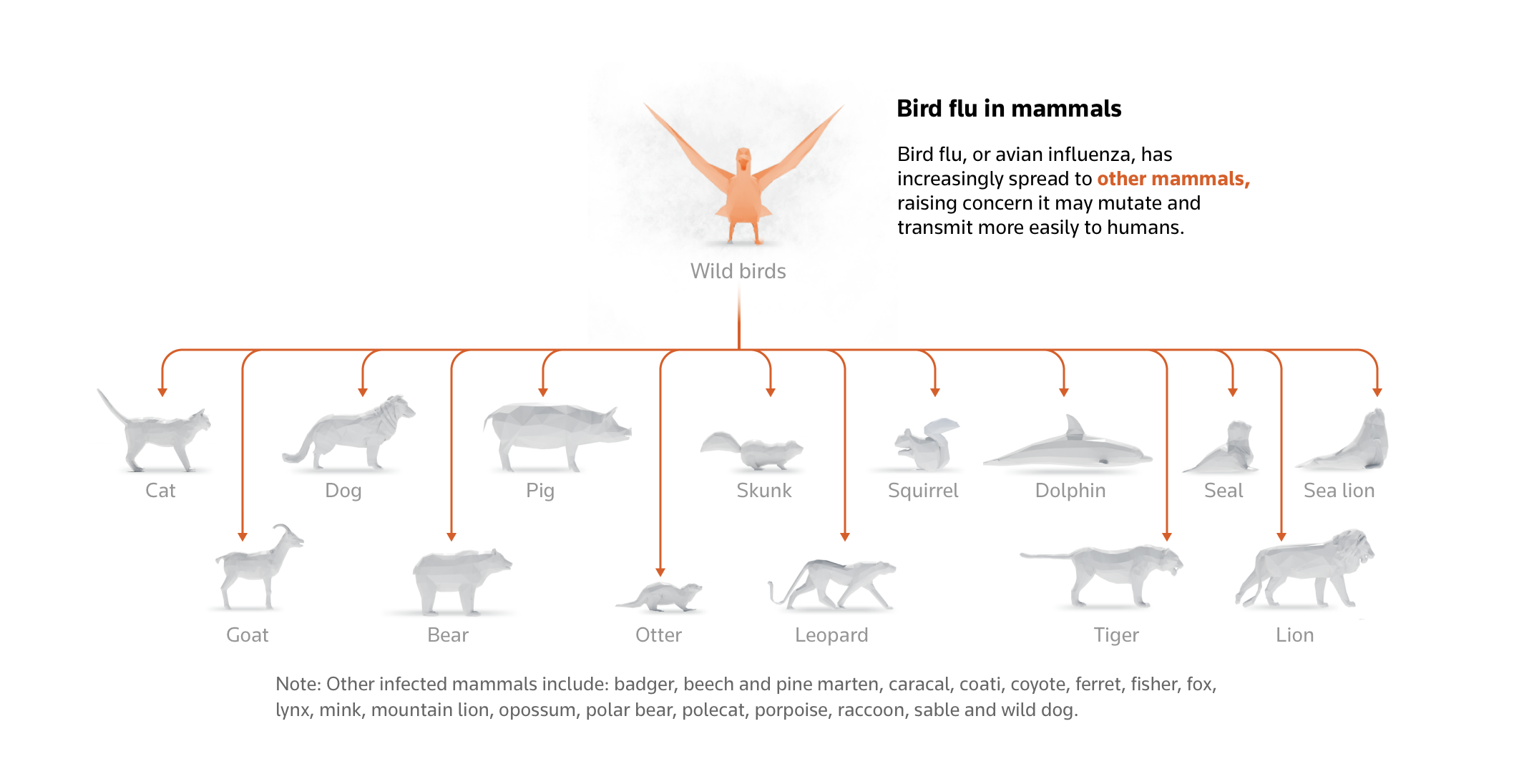Discover why dairy farmers should be concerned about the revolutionary shift in the dairy industry. Can fermentation change the game? Dive in to find out.
The relentless march of innovation spares no industry, not even those as traditional as dairy farming. As you’re pouring that creamy milk into your morning coffee or tucking into your favorite cheese board, you might be left pondering, ‘how could the dairy industry possibly change?’ Well, dairy farmers and consumers alike should sit up and take notice of one revolutionary shift in the dairy industry: fermentation.
Fermentation. The process by which microbes chemically react to create deliciously diverse flavors and textures seems to be tapping into a transformed reality for the dairy world. But as tantalising as it sounds for the flavor and texture of dairy products, it presents a series of challenges and concerns for dairy farmers. With the potential for cheaper, more consistent, and indeed more exotic dairy-esque creations without the need for the cow, traditional dairy farming might just have to give way to the “milk” fermenters.
“Fermentation can potentially offer more efficient and sustainable methods of producing dairy products. But what does this mean for traditional dairy farmers? Can they adapt to this brave new world or should they be, dare we say, worried?”
Join us as we delve into the crux of this potential upheaval, exploring why dairy farmers should indeed be alert to the steep churn of change in their own backyards. There’s a revolutionary shift on the horizon, and it’s bubbling away in the fermenting vat.
Unraveling the Mechanism: How Does Fermentation Work?
Let’s delve deeper into the process. Dairy farmers, you should know that the leading actors in milk fermentation are the Lactic Acid Bacteria (LAB). These bacteria are principally responsible for converting lactose into lactic acid, thereby increasing acidity levels. This increase then makes the environment increasingly inhospitable for the growth of non-LAB microorganisms, essentially transforming the milk into a safer, less perishable product.
Fermented milk products, such as yogurt and cheese, are crafted when milk undergoes a process of fermentation with various strains of lactic acid bacteria like Lactobacillus, Lactococcus, and Leuconostoc. This fermentation process imparts these products with distinct flavors and also extends their shelf life, making them convenient commodities in the consumer market.
Interestingly, the different LAB species involved in dairy processing all come from distinct microbial groups, each with different nutritional needs, metabolic capacities, and culture requirements, not to mention their unique technological properties. These attributes greatly influence the outcome of the fermentation process.
Now, let’s touch upon another interesting fact: how is fruit juice turned into probiotic food? There are in fact two ways. The first involves the addition of live microorganisms, while the second involves fermentation using probiotic microorganisms. Such knowledge is critical in understanding how certain production operations influence the survival rate of probiotic microorganisms.
The perks of fermentation are not restricted to the creation of low-sugar products and the improved adaptability of microbial strains. The fermentation process also allows for the production of metabolic products like bacteriocins, which enhance the overall product quality. Moreover, fermented dairy items are populated by beneficial compounds produced by their microorganism communities, including vitamins, conjugated linoleic acid, bioactive peptides, and gamma-aminobutyric acid among others.
Given this wealth of benefits, the rise of fermentation technology should indeed be a cause of concern for the traditional dairy farming community. However, it’s equally an opportunity to adapt and evolve in a rapidly shifting industry landscape.
Fermentation Vs. Cows: A Fair Fight for the Future of Dairy?
You may be wondering: is this fusion of microbiology and milk really a threat to traditional dairy farming? To begin solving that puzzle, let’s peek into the powerful world of lactic acid bacteria (LAB).
LAB, a crucial player in the fermentation process comes with a list of impressive credentials. It has the wherewithal to extend milk’s shelf-life, and refine its sensory attributes – think, flavor and texture. LAB consists of multiple microbial groups, each with distinct nutritional, metabolic, and culture requirements, and varying technological properties. Together, they pave the way for a cornucopia of fermented dairy products – each with its own unique taste and texture.
Fermented products such as yogurt, cheese, and kefir have not only tantalized the taste buds of people around the globe, but they also boast potential health benefits. From delivering important nutrients to producing beneficial compounds like vitamins and bioactive peptides, fermented dairy plays a substantial role in our diets. These feats of bioengineering are born of the complex metabolic activity of the microbiota involved in their production.
Yet, as promising as it sounds, not all is rosy in the world of fermented dairy. It’s important to keep in mind that despite their overall safety record, there can be outbreaks and incidents of disease. Beyond health considerations, there’s also the question of whether the production of fermented dairy can keep pace with consumer demand and whether it can reach consumers at a cost that’s competitive with traditional dairy products.
Ultimately, the “fight” between fermentation and cows is not exclusively a battle for market share. It’s also about innovation, about pushing the boundaries of what’s possible in dairy production, and about responding to consumer demands for healthier, tastier, and more sustainable food options.
Are Cows Becoming Obsolete? The Unsettling Reality for Dairy Farmers
Just think about it. A future where cow’s milk, a cornerstone of our diets for centuries, becomes obsolete might seem far-fetched. Before we dismiss this as mere speculation, let’s consider the potential reality dairy farmers might face in light of the burgeoning fermentation technology.
The central element at play here is the realm of precision fermentation. This relatively new technology could provide an alternative to traditional dairy products by allowing a more streamlined, efficient production system. Imagine producing cheese, yogurt, and other dairy products in techno-advanced vats instead of a conventional farm. Futuristic, isn’t it?
The fact remains: demand for dairy is not disappearing. But, the source of that dairy might be more fluid than we think. The fermented dairy sector continues to grow, propelled by consumer concerns over animal welfare, sustainability, and health issues associated with dairy consumption. Products from this sector, such as lab-cultured proteins mimicking casein and whey, are becoming increasingly convincing as replacements for traditional dairy output.
Beyond these consumer-driven concerns, fermentation also brings to light safety issues in dairy production. Despite the generally robust safety record of traditional dairy products, the potential for disease outbreaks and the occurrence of mycotoxins, primarily in milk, can’t be disregarded. Contrast this with fermented products, which could potentially reduce such risks significantly or eliminate them altogether.
Already, we’ve seen how plant rennets have emerged as a game-changer in the cheese industry. Similarly, precision fermentation offers the potential to revolutionize the entire diary industry, and not entirely in favor of traditional dairy farmers.
If demand for cow’s milk begins to dwindle and alternate methods take off, dairy farmers will need to stop and rethink their place in this rapidly changing landscape. The advent of fermentation technology in dairy production presents both an unsettling challenge and an opportunity for dairy farmers to innovate, adapt and make themselves relevant in the new age of milk production.
Disrupting Dairy: The Impact of Fermentation on Dairy Farming
Surprisingly enough, as a dairy farmer, you might consider fermentation as both threat and opportunity. The advancements in this age-old practice hold the potential to reshape the entire dairy landscape.
Fermentation, long used as a means of product development and preservation, now holds the key to extending the longevity of dairy products. Primarily, the lactic acid bacteria (LAB) are the wide-ranging heroes in this process. Known for enhancing flavors and texture, LAB brings in a range of flavors, from the Eurocentric tangy yogurts and cheeses to the subtler kefirs popular in the Middle East and Eastern Europe. Consequently, their widespread consumption has landed fermented products a place on the global stage, with an increasing prominence for the dairy sector.
While the majority of dairy farmers have built their businesses around fresh milk production, the surging demand for fermented milk products presents a potential shift. Picture your local supermarket — where once the majority of fridge space was dedicated to fresh milk, those shelves now teem with diverse fermented goodies. Whether it’s Greek yogurts, French Camemberts, or American cream cheeses, fermented dairy products are taking center stage in the consumer market.
But, there’s a catch. The process of dairy fermentation isn’t a simple one. The LAB themselves are a diverse microbial group, each with a distinct set of nutritional, metabolic, and cultural requirements. The varied conditions and resources latch onto a broad platform of innovation. Thus, the complexity of fermented product manufacturing and the safety concerns surrounding fermentation-related outbreaks or diseases mean that a considerable investment in knowledge, training, and equipment may be necessary for those looking to transition from simple dairy farming to fermented production.
To conclude, as a dairy farmer, it seems prudent to explore this potential avenue. The wealth of functional foods that fermentation can yield often contain beneficial compounds which are introduced through the metabolic activity of their microbiota. This not only improves nutrient availability but also could strengthen the standing of dairy in discussions of maintaining a healthy diet. However, due diligence and careful consideration of the costs and benefits are pivotal components in this exploration.
The Dairy Dilemma: Challenges Ahead for Dairy Farmers
In order to truly understand the impeding challenges, one must first consider the impact that fermentation has on dairy products. Known as a cornerstone in the production of globally beloved foods like yogurt and cheese, fermentation actually enhances not only the taste but also the lifespan and nutrient content of dairy products.
However, despite these obvious merits, there are still a significant number of individuals who choose to limit their consumption of fermented dairy products. Whether it’s due to lactose intolerance, cholesterol-restricted diets, or an overall increase in veganism, this group’s dwindling consumption patterns pose a real threat to the sustainability of traditional dairy farming.
Another critical factor to consider is the associated foodborne diseases. Although fermented dairy products generally have a good safety record, there have been instances of disease outbreaks. Notably, cheese has been specifically identified as a vehicle of transmission in some cases. This risk, albeit minimal, poses an additional challenge for dairy farmers. Consumer trust is hard to regain once it’s tarnished by the impact of an outbreak, and the aftereffects can be devastating on the industry.
Furthermore, research in the Journal of Dairy Science suggests that consumption of raw milk products could lead to a disproportionately high number of foodborne disease cases in comparison to pasteurized products. As a result, dairy farmers have to continually adapt and apply stringent safety measures to ensure the safety of their products.
The challenges mentioned above paint a realistic picture of what lies ahead for traditional dairy farmers. With this in mind, it becomes imperative to explore alternative methods to maintain this critical element of our global food supplychain. The advent of precision fermentation in dairy production could potentially be the answer to these pervasive issues. This revolutionary shift could offer dairy farmers a sustainable, safe, and profitable roadmap to the future of the industry.
The Economic Implications of Fermentation for Dairy Farmers
As a dairy farmer, you might be questioning what this shift towards fermentation means for you, economically speaking. In one sense, it could certainly be seen as a threat, potentially making traditional dairy farming obsolete. However, it’s not all doom and gloom, and it’s important to delve deeper into the economic uncertainties and possibilities that this revolutionary shift might bring.
For starters, the demand for fermented dairy products is on the rise. Consumers are becoming more health-conscious, and their desire for functional dairy products that offer health benefits beyond basic nutrition opens up new market opportunities. This provides an avenue for potential growth for dairy farmers who can adapt to this evolving landscape. It means you won’t just be competing on price, but also on value, pitting the tangible benefits of your product against others.
On the other hand, the cost of transition towards fermentation will not be negligible. Equipment, technology, and the necessary expertise are all factors that could represent significant capital expenditure. Not to mention, the process itself might be time-consuming and involve a learning curve.
However, let’s not forget the potential for cost savings in the long run. Think about feed costs, veterinary bills, and the overheads that come with maintaining a large herd of dairy cattle. These could be drastically reduced, if not avoided completely, with the shift towards fermentation. Moreover, given the longer shelf life of fermented products, losses from spoilage could also be minimized.
Ultimately, what’s crucial is having an adaptable mindset, assessing the risks, and making strategic decisions. It’s about seeing the long term possibilities that fermentation could bring to your dairy operations, instead of just the short term hurdles. Innovation could be your ally, and if harnessed well, fermentation could bring about economic resilience in unpredictable market conditions.
The bottom line
The transformative power of fermentation may be a source of worry for dairy farmers, but it signifies a radical and exciting shift in the dairy industry. The potential for the production of dairy foods without the traditional means is both fascinating and disruptive. As a dairy farmer, the time is ripe to stay vigilant, adapt, and envision one’s role within these profound changes. This isn’t the end of dairy farming, it’s simply a reshaping of the landscape that offers some innovative and eco-friendly alternatives. Herein lies the opportunity to embrace this transition, explore opportunities and perhaps even contribute to the next stage of the dairy revolution.
Summary: The dairy industry is undergoing a transformation with the advent of fermentation, a process where microbes chemically react to create diverse flavors and textures. This transformation has the potential to offer cheaper, more consistent, and exotic dairy-esque creations without the need for cows. Traditional dairy farming may have to give way to “milk” fermenters, which can offer more efficient and sustainable methods of producing dairy products. Lactic Acid Bacteria (LAB) are the leading actors in milk fermentation, converting lactose into lactic acid, increasing acidity levels and making the environment more inhospitable for non-LAB microorganisms. Fermented milk products, such as yogurt and cheese, are crafted when milk undergoes fermentation with various strains of lactic acid bacteria like Lactobacillus, Lactococcus, and Leuconostoc. Fermented dairy items are populated by beneficial compounds produced by their microorganism communities, including vitamins, conjugated linoleic acid, bioactive peptides, and gamma-aminobutyric acid. Precision fermentation, a relatively new technology, could provide an alternative to traditional dairy products by allowing a more streamlined, efficient production system.





 Are you getting the best from your dairy farm consultant? Discover when it’s time to part ways and how to ensure your farm’s success in our must-read guide.
Are you getting the best from your dairy farm consultant? Discover when it’s time to part ways and how to ensure your farm’s success in our must-read guide.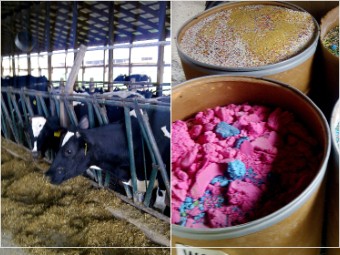 Discover the sweet truth about candy-meal as a beneficial feed for cows. Curious about this innovative win-win solution? Dive in to learn more.
Discover the sweet truth about candy-meal as a beneficial feed for cows. Curious about this innovative win-win solution? Dive in to learn more. Discover how dairy farm productivity can be boosted by applying strategies from marathon runners. Can your cows go the distance? Learn more here.
Discover how dairy farm productivity can be boosted by applying strategies from marathon runners. Can your cows go the distance? Learn more here.
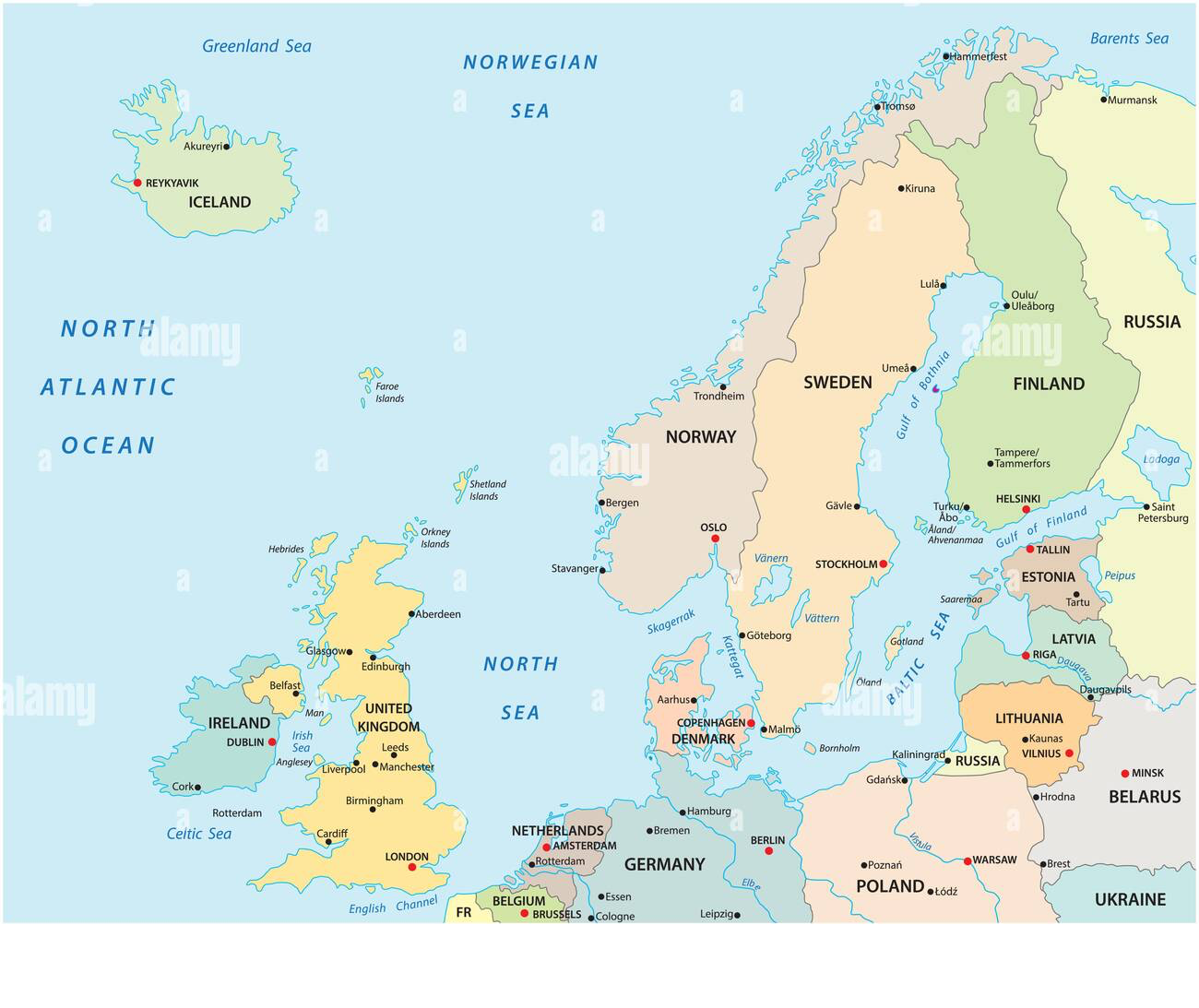 Facing a 20% decline in milk production by 2035, how is Northwestern Europe’s dairy industry adapting? Discover Rabobank’s insights on strategic shifts towards high-value products.
Facing a 20% decline in milk production by 2035, how is Northwestern Europe’s dairy industry adapting? Discover Rabobank’s insights on strategic shifts towards high-value products.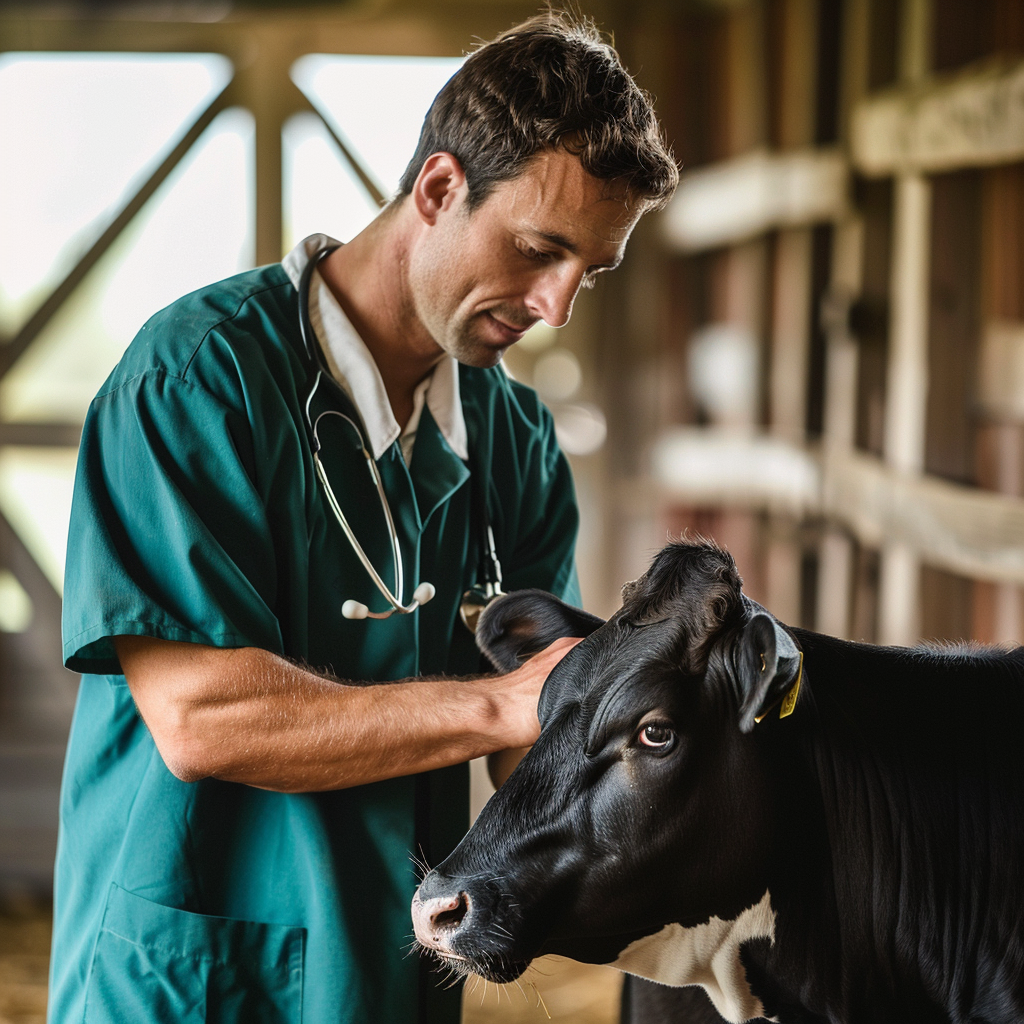 Discover the key indicators of a top-notch veterinarian for your dairy farm. Learn how to assess their skills, knowledge, and approach to ensure your herd’s health. And most importantly, know when it’s time to fire them.
Discover the key indicators of a top-notch veterinarian for your dairy farm. Learn how to assess their skills, knowledge, and approach to ensure your herd’s health. And most importantly, know when it’s time to fire them. Discover how different dairy cattle breeds require unique bedding types. Dive into our comprehensive guide and make informed decisions for your herd’s comfort and health.
Discover how different dairy cattle breeds require unique bedding types. Dive into our comprehensive guide and make informed decisions for your herd’s comfort and health.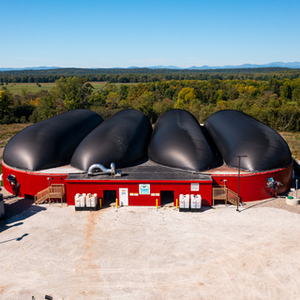 Discover how AstraZeneca and Vanguard Renewables are turning dairy manure into renewable energy to power U.S. facilities. Can cow waste curb carbon emissions?
Discover how AstraZeneca and Vanguard Renewables are turning dairy manure into renewable energy to power U.S. facilities. Can cow waste curb carbon emissions? Boost your dairy farm’s health and profitability. Discover the essential questions every dairy farmer must ask their nutritionist. Are you asking the right ones?
Boost your dairy farm’s health and profitability. Discover the essential questions every dairy farmer must ask their nutritionist. Are you asking the right ones?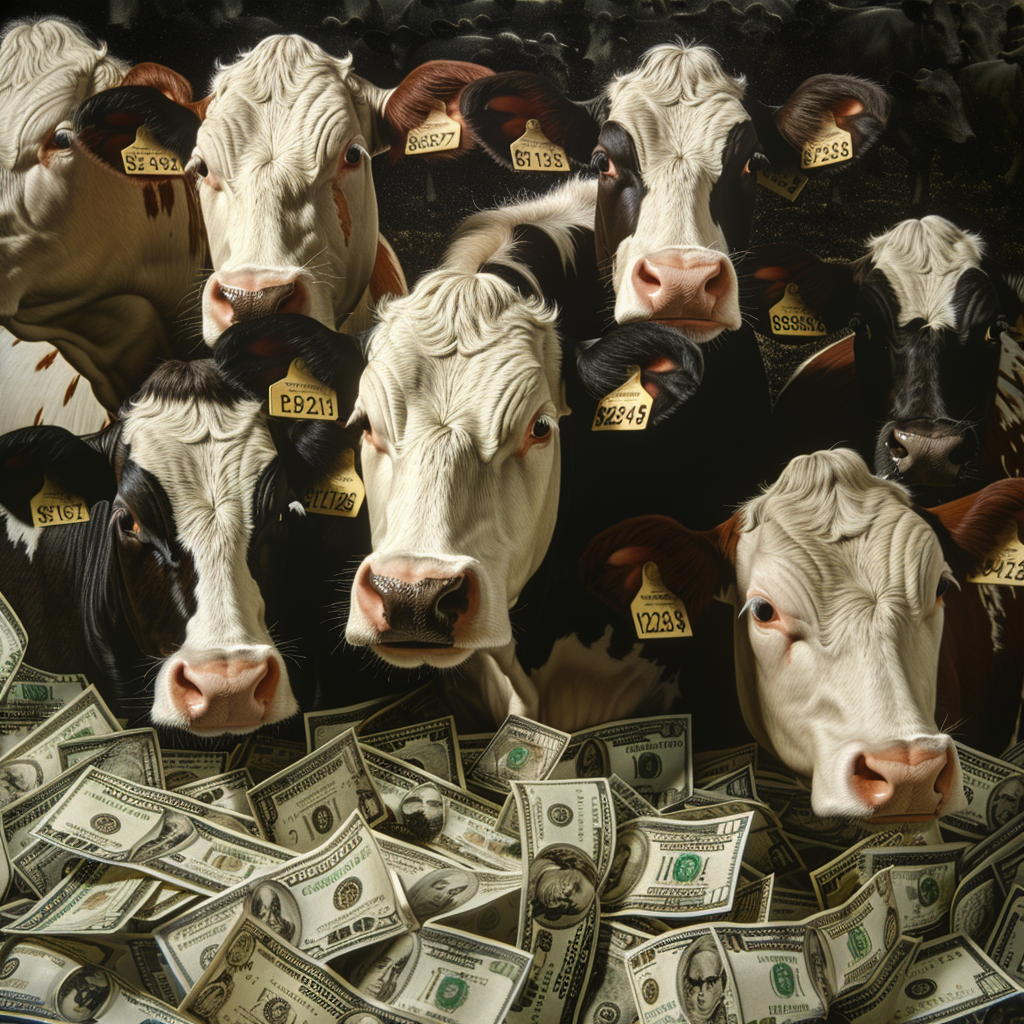 Looking to boost your dairy farm profits? Discover seven effective strategies to enhance cash flow and ensure long-term success in our latest article.
Looking to boost your dairy farm profits? Discover seven effective strategies to enhance cash flow and ensure long-term success in our latest article. Concerned about the H5N1 bird flu’s impact on the dairy industry? Discover why Republican lawmakers are urging calm amidst these fears. Stay informed, stay calm.
Concerned about the H5N1 bird flu’s impact on the dairy industry? Discover why Republican lawmakers are urging calm amidst these fears. Stay informed, stay calm. Discover the future of dairy farming in Texas, where the average herd size is a whopping 4,000 cows. Will the Lone Star State redefine dairy farming?
Discover the future of dairy farming in Texas, where the average herd size is a whopping 4,000 cows. Will the Lone Star State redefine dairy farming?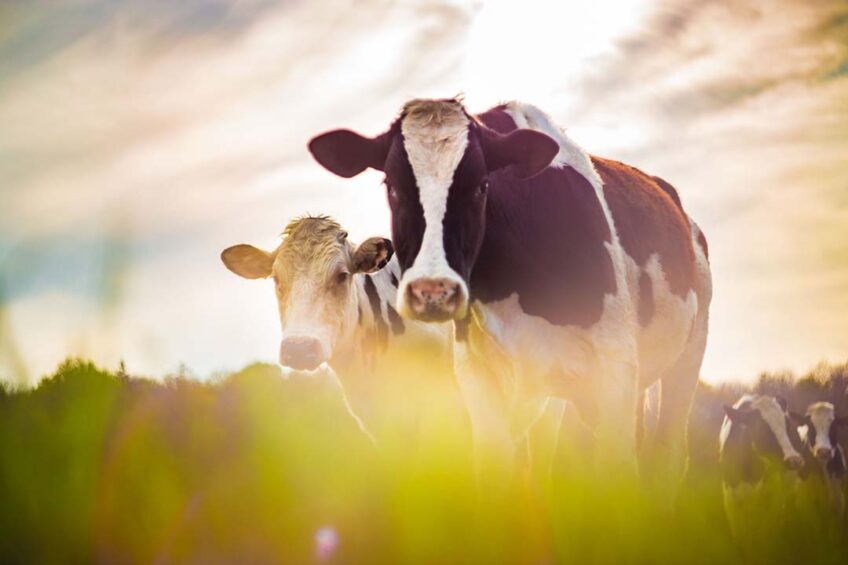 Discover the role of dairy in global nutrition. Learn how milk, cheese, and yogurt can help feed the world. Are we overlooking a vital food source?
Discover the role of dairy in global nutrition. Learn how milk, cheese, and yogurt can help feed the world. Are we overlooking a vital food source?